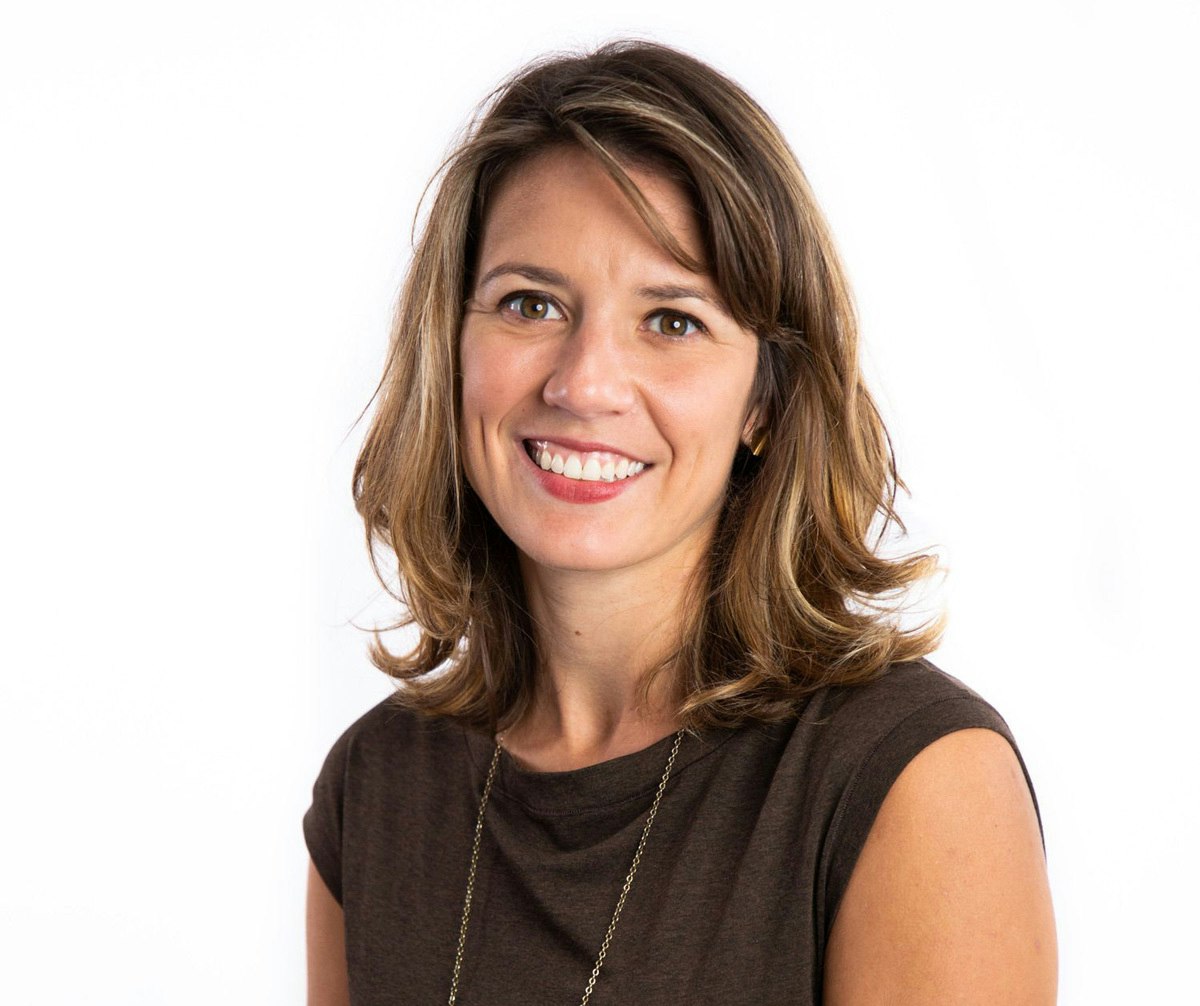Class of 2020 Spotlight: Colleen Clark (MDes ‘20)
Nearly half of all new K-12 teachers leave the profession within the first five years, and Colleen Clark (MDes '20) says it's not always for the obvious reason.
"People might assume it's pay, and that's definitely huge, but a lot of studies show it's actually more about profound feelings of isolation and lack of support," Clark says. “Picture being alone in your classroom with many developing humans, each with their unique needs, and add to that a complex set of external variables largely out of your control. You are expected to figure this out on your own without significant experience to draw on. It is difficult at best.”

Clark's thesis work aims to close that experience gap and lower teacher turnover rates, especially in distressed districts, by helping new teachers visualize the kind of implied knowledge that comes with years on the job. For example, how to move around a classroom. Although new teachers are often taught to "circulate" through the room, that's about it.
"There's all this emphasis on what is said and how it's said, but not necessarily the other nonverbal aspects," Clark says.
Working with the University of Michigan (U-M)'s School of Education (SOE) and their new Teaching School located at The School at Marygrove in Detroit, Clark created a mapping tool to help interns observe and track each other's movements while teaching. The idea is to create self awareness of the interns' own movements and start conversations about why and how certain areas of a class might get visited more or less frequently. During one session, Clark says a resident teacher was surprised to learn she hadn't stopped in front of a particular group of students for the entire period, which prompted discussions about the decisions and other factors that led to her overlooking that part of the room.
Clark's own interest in design began in healthcare. While preparing for medical school in Vermont, she read an article about the field of user experience (UX) design that changed her path and eventually led to an internship for a design strategist who later hired her as a consultant in the healthcare innovation collaborative (hiCOlab) at the University of Vermont Medical Center.
"I realized this is how I've been thinking, and I all of a sudden had a vocabulary and terms to label how my brain worked and where I wanted to go and what I want to learn," Clark says.
The School at Marygrove provided a unique challenge almost made for Clark's background. Its Teaching School, the first of its kind in America, also includes a residency program for novice teachers inspired by the medical model of professional education. In her work with SOE Dean Elizabeth Moje and project lead Alistair Bomphray, Clark had originally hoped to implement a system for real-time feedback between attending and resident teachers, similar to an attending and resident physician during surgery, before ultimately pivoting to movement mapping.
Having worked to address disparities in both sectors, Clark says medical practitioners could learn to better treat patients from educators' holistic approach to teaching students, while educators would benefit from the diverse resources and collaborative approaches to care found in medicine.
When choosing a master's of design program, Clark was ultimately drawn to MDes' commitment to social justice and design as an evolving field, as well its multidisciplinary, deeply collaborative approach, and the unique skills and backgrounds of her fellow cohort members.
"I love when we're workshopping together and able to help the person who's sharing their progress move along," she says. "Everybody's super articulate and able to communicate very effectively because the program really fosters that deep interpersonal collaboration.We're able to know our project partners and classmates well enough to say, 'I really know you, and you're either underselling yourself or you're forgetting that you bring this entire skill set to this problem,' or, 'You're really passionate about this particular piece; where's this part in this work?' It's like, 'You're a badass, and don't you dare try to hide that; own it. The world needs it, and you need to go out there and be confident in what you're doing."